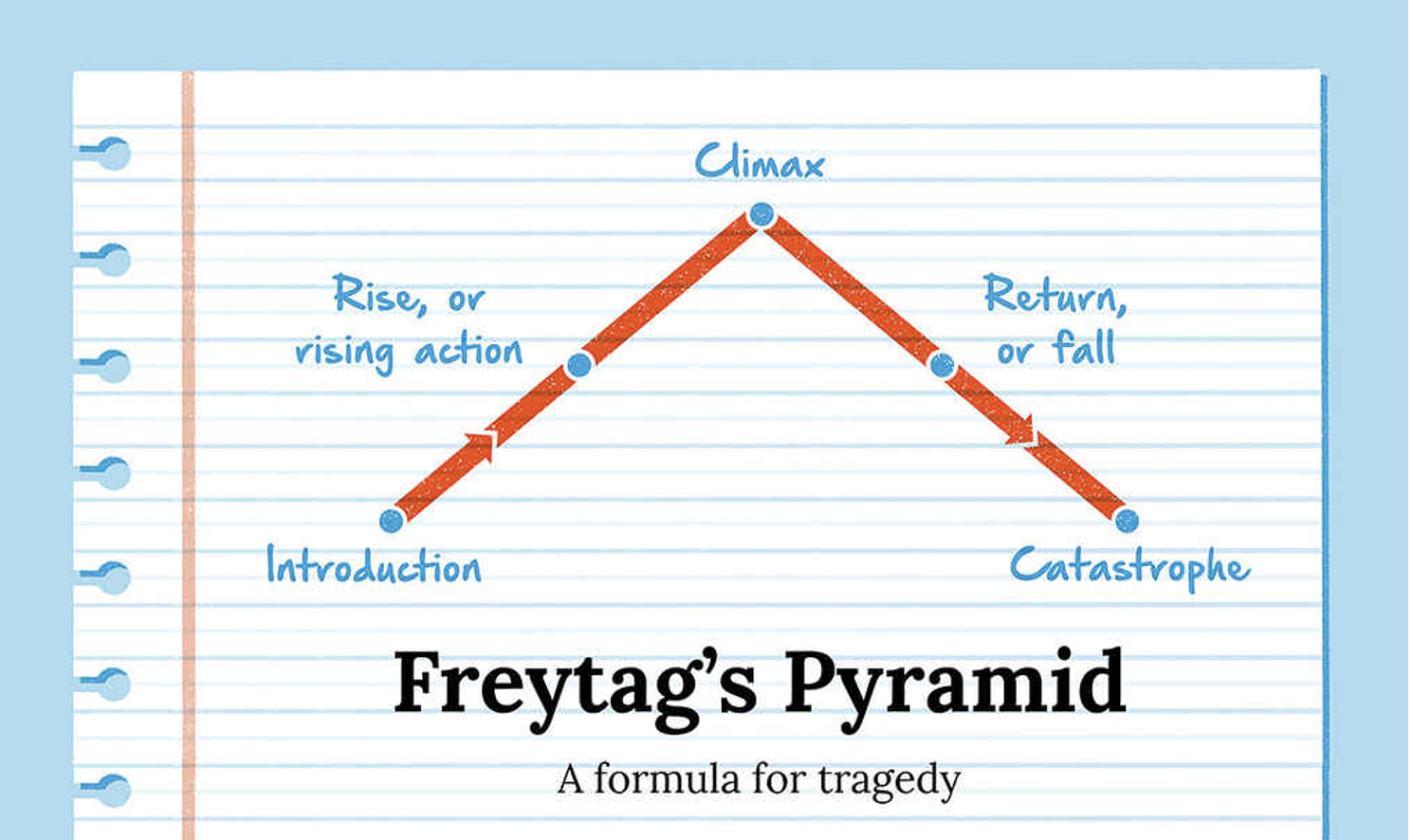The Second Element of a Story: Setting
Pauline J. Grabia participates in the Amazon Services LLC Associates Program, an affiliate advertising program, and earns from qualifying purchases from links in this post.
Please subscribe to my email newsletter for updates on my website and blog, and exclusive access to exclusive material in the Subscriber Content page of this website (see menu bar above). New content will be added regularly. You can sign up in the form found in the footer of this page. Thank you!
The setting of a traditional North American home on a sunny summer day. Setting can be commonplace or exotic.
Stories are composed of elements.
Stories are made up of elements necessary for them to work, make sense, and exist. There are many elements, but five main elements include character, setting, plot, conflict, and theme. In my last post, we explored the first element of a story: character. In this post, we will examine the second element of a story: setting.
What is the setting of a story?
The setting of a story is the time and location/place in which a story takes place, but the setting is much more than a simple backdrop or stage design—the setting works together with the other main elements of a story to make it come to life. The setting can establish mood, reveal aspects of the characters and their worldviews, advance the plot, become a character (or antagonistic force), and act as a symbol that develops the story’s theme. It includes the political and social forces at play in the background of the story's plot.
Why is Setting so Important?
The setting is essential for several reasons. Not only does it establish the time, place, world, politics, mores, and social standards of the story, but it also:
1. Provides information about the characters- their goals and motivations- especially the main character(s).
2. Can act as a character, often as an antagonist or the main antagonist.
3. It can be a symbol that shapes and reveals the theme or controlling idea of the story.
4. It is a driver of the story’s genre.
Let your imagination go wild when developing the setting of a story.
How Can A Writer Develop Setting?
Learning how to develop the setting of a story is an essential skill for any writer to learn. It takes practice, creativity, and a great vocabulary of descriptive words. The following are a few suggestions on how a writer can develop the setting of their story.
1. A writer can begin by answering basic questions about her story’s world. The following excellent list of questions is courtesy of The Writing Kylie (thewritingkylie.com) in the article “Setting: 12 Questions to Develop Your Story’s Setting.” This is just a sampling. Find them all at the above website.
· What planet, country, region, and town is your story set in?
· What year is it?
· What is the season, seasons/times of year in which the story occurs?
· What is the culture like in the story?
· What is the political climate of the story?
· What mood/atmosphere are you trying to evoke in the story?
2. Allow the setting to set the tone or atmosphere. The setting might be essential in developing a mood or tone, depending on your genre. For example, suppose you are writing in the thriller or horror genre. In that case, you’ll likely want to create a dark, stormy, confusing, and isolated setting, like a lonely, spooky house on a hill during a thunderstorm. For a romance, you might want to develop a setting that evokes an atmosphere of sunshine, warmth, and beauty, like springtime in Paris.
3. Be aware of your story’s period or time. Do your research if you are writing a historical novel. Understand the culture, politics, socioeconomic state, dress and costume, language including slang, technology, and worldview(s) dominant in that time. You want to avoid anachronisms that will instantly draw your readers out of the story if they catch one.
4. Use your setting as an antagonistic force against your protagonist and deuteragonist(s). Setting can stand in the way of the protagonist obtaining what they want. A storm may threaten to sink the ship they are on or snow them in and keep them from going on the adventure they had planned. As in Stephen King's The Shining, they may get lost in a malevolent hotel or garden maze.
5. Use your setting as a symbol of something else. Nature can be used for this. A sunny day can represent that all is going well, while a thunderstorm can reflect turbulent times either internally or externally for the protagonist. Winter, complete with a blizzard, might represent death. Be creative.
6. Employ all of your senses when describing the setting. Be detailed and creative. Improve your vocabulary of descriptive words. Try using a less commonly used sense, like smell or taste, to describe your setting. Be unique and willing to take risks.
7. Think of everyday, familiar moments in the life of the characters to develop the setting. The scent of freshly baked bread wafted from the neighbor’s open kitchen window. The blaring of 80s rock from the Corvette that raced down the street past your protagonist. Or the comforting hug of a warm, fleecy blanket while sitting in the dry parlor of your grandmother’s house on a rainy day. The scent of blood in the air, like a bag full of pennies, hung on the protagonist’s neck.
8. Develop and describe your protagonist and other characters simultaneously as you define the setting, allowing them to play off and enhance each other in the same scene rather than info-dumping both.
9. Remember that time and season must pass, though time doesn’t necessarily have to be linear throughout the story. Ensure that a non-linear time passage is clear and logical to the reader. Don’t let them get lost, or they’ll lose the story entirely.
10. In horror, science fiction, and fantasy, you can create your own rules when you create your world. Remember your rules for your world and remain consistent with them throughout.
11. Remember the social and cultural contexts you have created or adapted for the story. They ground the story and add realism and depth.
12. As mentioned in a previous point, don’t just dump information about the setting in the reader’s lap at the very start of the story. Info-dumping of any kind is never a good idea. Instead, reveal your setting gradually as the plot progresses, just as you would the protagonist and antagonist. Allow your reader to discover the details bit by bit. This holds their concentration and interest and sparks their imaginations.
Remember, the setting must include consistent time sense, a physical position or place in the universe, social and cultural contexts, and convey an emotional tone or mood.
The setting is more than just a time or place. It’s a rich painting involving many colors of varied values and tones intermingling logically to create a masterpiece. Without a strong setting for a story, characters and plot would float meaninglessly without an anchor. In the next post, we will continue to explore the five elements of a story, focusing on the element of the plot and how it works in conjunction with the other main elements to build a compelling, enthralling piece of writing.
Thank you so much for reading this post and visiting my blog. Please sign up for my newsletter for a monthly update about the website and blog and exclusive access to the material on my Subscriber Content page at www.paulinejgrabia.com. I am honored that you have taken time out of your day to read what I have to offer, and I will endeavor to continue to post blogs that are worthy of your continued attention. May God bless you richly.
Pauline J. Grabia






In previous posts, we have explored various forms of story structure, including Freytag’s Pyramid, the Fichtean Curve, and the Hero’s Journey. Each of these is an effective story structure for a writer, depending on the narrative. The Three-Act Story Structure is one of the most used story frameworks in literature and film. This structure divides the story into three main sections or acts: Act 1, the Setup (or Beginning); Act 2, the Confrontation (or Middle); and Act 3, the Resolution (or Ending). This will not be a comprehensive exploration of the three-act structure, as there are other blogs listed at the end that do a much better job than I could of deeply examining the elements of this structure.